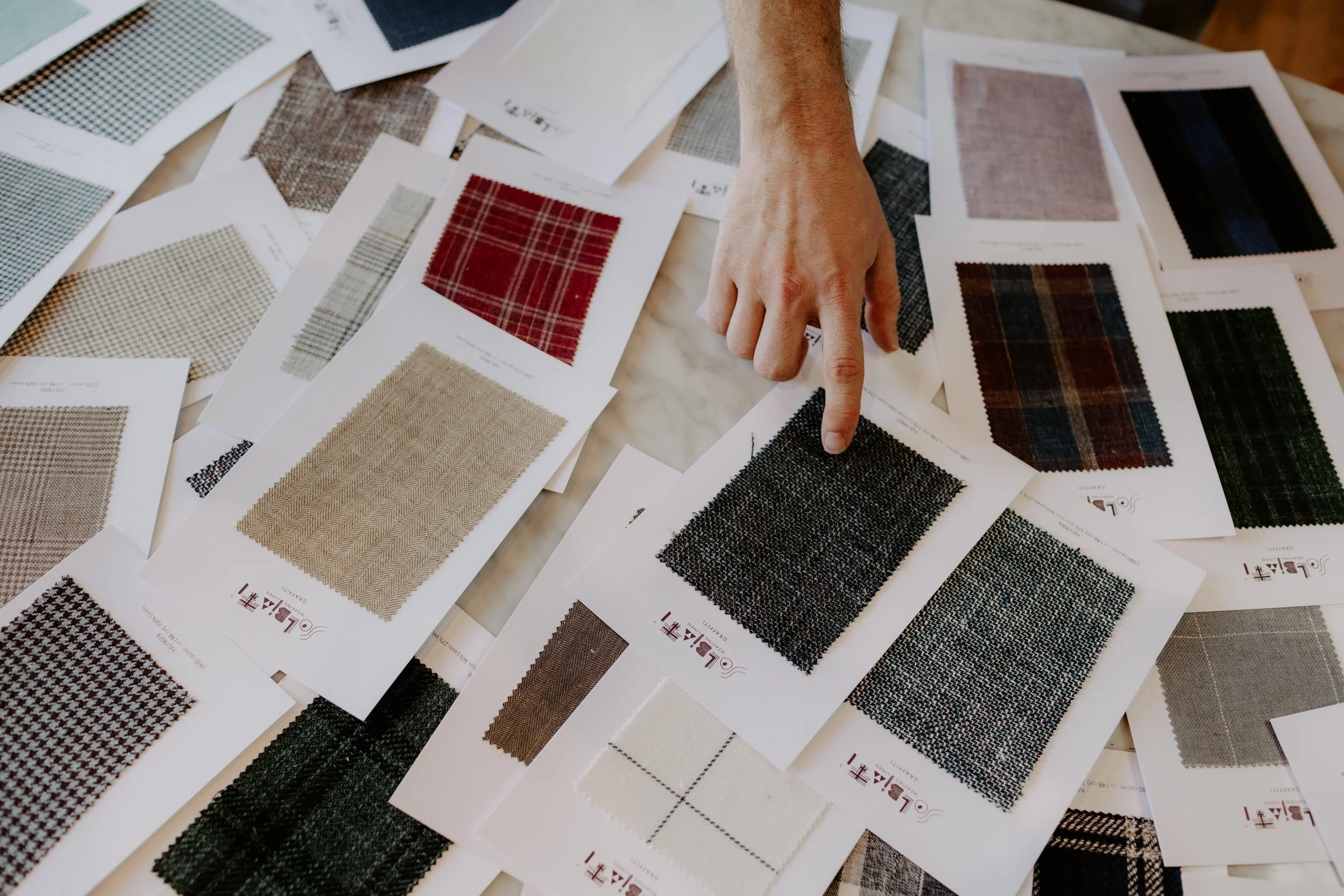Unraveling Fabric Weight: Understanding the Impact of Linen and Fiber Size
When it comes to choosing fabrics for your clothing, understanding fabric weight plays a crucial role. It not only affects the feel and drape of the fabric but also determines its suitability for different seasons and occasions. In this article, we'll explore the significance of fabric weight, paying special attention to the influence of linen and the size of fibers.
The Weight of Different Fabrics
Fabric weight is typically measured in grams per square meter (GSM). It serves as an indicator of fabric density and thickness. For instance, a fabric weighing 480 grams is considered very heavy, while a lighter fabric may weigh around 190 grams. Lighter fabrics in the range of 160 to 200 grams are commonly used for warm-weather garments as they offer breathability and allow for better air circulation, helping to keep you cool and comfortable in hot conditions. Fabrics ranging between 230 and 280 grams per square meter are versatile and suitable for year-round use. Anything more is usually for cooler weather. If you opt for a 480-gram fabric, it is likely to provide warmth, making it ideal for outerwear such as overcoats. While I have some clients who use this heavier weight for suits, I would typically recommend an overcoat.
Where Wool Comes From Determines the Weight
The weight of the fabric can be influenced by the environment in which the sheep live and the quality of their wool. Scottish sheep, known for their thick wool, can contribute to the production of heavier fabrics (like the ones used by Hardy Minnis). The climate and geography of Scotland, with its colder and harsher conditions, have played a significant role in shaping the characteristics of Scottish sheep breeds, such as the Shetland or Cheviot breeds. The sheep in these regions have developed a thicker and denser fleece to protect themselves from the cold and provide insulation. This thicker wool contains a higher quantity of fibers, resulting in a heavier fabric when processed.
Linen's Influence on Fabric Weight
When examining fabric composition, the inclusion of linen signifies a fabric suitable for spring and summer wear. Linen fabric adds a nuanced effect to the overall weight. For instance, a fabric weighing 290 grams might initially seem too heavy for warmer seasons. However, the presence of linen alters the perception. Linen, derived from the stalk of a plant, possesses unique moisture-wicking properties. It utilizes capillary action to draw moisture away from the skin, allowing the fabric to hold up to 10 times its weight before feeling damp. This natural moisture absorption makes linen garments, such as shirts, highly suitable for keeping cool during hot weather. Despite its weight, linen's moisture-wicking ability aids in evaporating sweat, thereby contributing to a comfortable and refreshing experience.
I wear linen all summer and I have found that when I go to the gym and change into my athletic-style shirt that is supposed to be for the heat, it feels stuffy and uncomfortable compared to my linen button-up.
Fiber Size and its Significance
The size of fibers used in fabrics also influences their overall characteristics. Super 200, denoting a fineness of 13.5 microns, showcases its remarkable similarity to the width of a red blood cell, which measures around 10 microns. In comparison, human hair has a width of approximately 80 microns. Fabrics with super numbers in the range of 240 to 260 come remarkably close to the dimensions of a red blood cell. This emphasizes the exceptionally fine nature of these fabrics and their potential for exquisite comfort and quality.
Understanding fabric weight is essential for selecting the right materials for your clothing needs. The inclusion of linen in fabrics can impact their weight, making them suitable for warmer seasons while providing excellent moisture-wicking properties. Moreover, considering the size of fibers used in fabrics reveals their fineness and potential for superior comfort. By delving into these aspects, you can make informed choices and ensure that the weight and characteristics of the fabric align with your desired style and comfort level.



